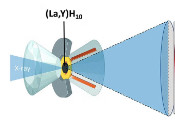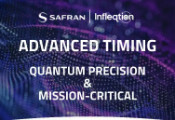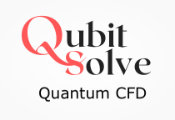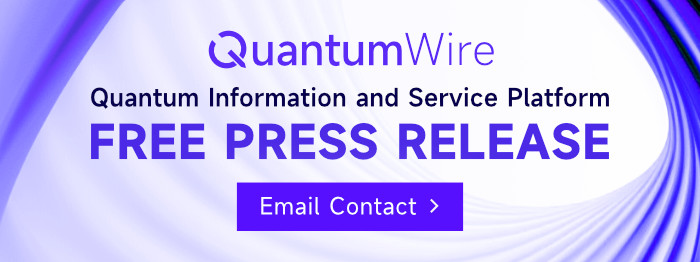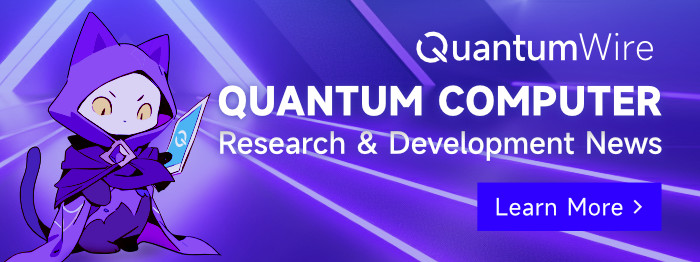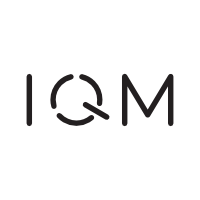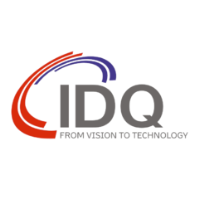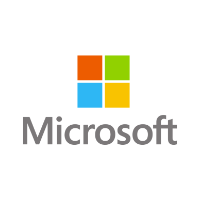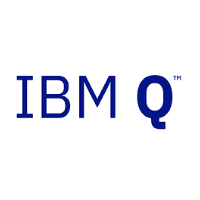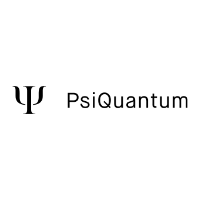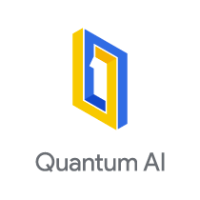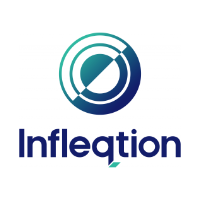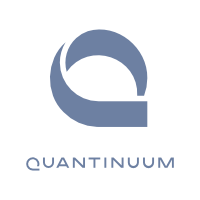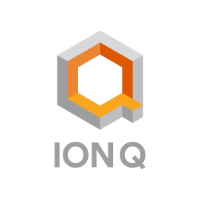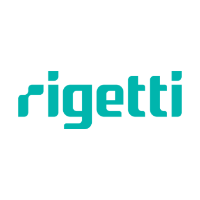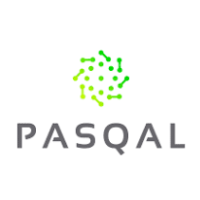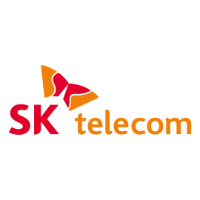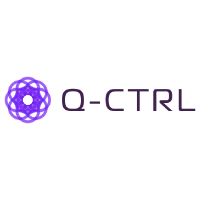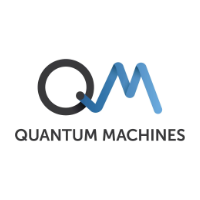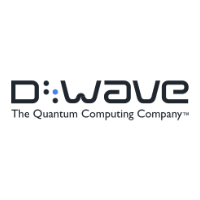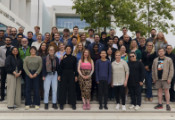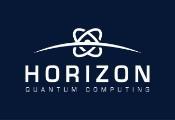SEALSQ’s Next-Generation AI and Quantum Security: Integrating WISeAI’s Decentralized Model
Geneva, Switzerland, February 13, 2025 -- SEALSQ Corp ("SEALSQ" or "Company"), a company that focuses on developing and selling Semiconductors, PKI, and Post-Quantum technology hardware and software products, today announced that is integrating WISeAI’s decentralized model into its end-to-end quantum platform, creating a secure, transparent, and equitable AI boosted by quantum computing.
This approach enables secure data markets where data exchange is protected, ensuring privacy and fair compensation. Multi-dimensional AI models will learn from real-world experiences through simulations and agent-based modeling. Verifiable AI mechanisms, such as federated learning and blockchain, will ensure responsible development and deployment. AI solution exchanges will provide platforms for individuals and businesses to access, develop, and contribute to AI solutions tailored to diverse needs.
By decentralizing AI, SEALSQ aims to democratize innovation, empower individuals and small businesses to participate in AI advancements, create valuable solutions, and capture economic benefits. This transformation has the potential to unlock trillions in economic value by addressing critical challenges in healthcare, education, and other sectors. Decentralized AI will also help build a more equitable and inclusive future by reducing biases and promoting fair access to AI-driven opportunities.
To further enhance security within this ecosystem, SEALSQ is integrating WISeAI.IO 2.0, a cutting-edge machine-learning tool into its quantum platform. WISeAI.IO 2.0 is specifically designed to monitor behavior and activities within a Public Key Infrastructure (PKI) system, identifying any abnormal patterns or suspicious activities. By analyzing large volumes of data related to certificate issuance, revocation, and usage, WISeAI algorithms establish a behavioral baseline, flagging deviations as potential security threats such as unauthorized certificate issuance or suspicious usage. This capability is essential in detecting and mitigating attacks on Roots of Trust (RoTs).
In cybersecurity, a RoT serves as the foundational trusted entity or component that enables secure operations within a system. It ensures the integrity, authenticity, and confidentiality of digital transactions and communications. Typically, RoTs are highly protected and tamper-resistant, making them crucial for establishing trust in digital ecosystems.
WISeAI.IO 2.0 is being trained on data collected by SEALSQ sensors, authenticated by WISeKey’s RoT, and reinforced with post-quantum technologies. This enables WISeAI to detect anomalies by interpreting the flow of information and identifying potential security threats. WISeAI can process vast amounts of threat intelligence data, including known attack patterns, malware signatures, and security vulnerabilities. Through advanced machine learning techniques, it can detect emerging attack patterns or zero-day vulnerabilities, allowing security teams to proactively respond and fortify RoTs against evolving threats.
Additionally, WISeAI enhances authentication and identity verification within PKI systems. By analyzing multiple factors such as user behavior, device characteristics, and contextual information, WISeAI establishes a risk-based authentication framework. This adaptive security model evaluates the risk associated with authentication attempts and triggers additional security steps—or denies access—if suspicious activity is detected. This ensures that only authorized users with trusted digital identities can access RoTs, preventing unauthorized intrusions.
Beyond real-time threat detection, WISeAI leverages predictive analytics to anticipate potential security breaches. By analyzing historical data, its algorithms identify patterns that indicate an increased risk of compromise. This proactive approach enables security teams to reinforce RoTs before vulnerabilities can be exploited. Furthermore, WISeAI assists in prioritizing security measures and optimizing resource allocation based on the likelihood and potential impact of various cyberattacks.
At this pivotal moment, all stakeholders must take action. Businesses must adopt decentralized AI models to foster innovation and security, governments should support collaborative ecosystems with policies that encourage responsible AI deployment, and individuals must develop AI literacy and actively contribute to this evolving landscape. By working together, we can unlock AI’s full potential and build a more secure, prosperous, and inclusive future for all.




